Many factors play a role in ensuring a great customer experience. While we always focus on the food and the service, we often overlook the restaurant layout, which in reality plays a crucial part in the overall experience of the customer. Restaurant interior design has also been known to influence the ordering behavior of customers. The restaurant layout also plays a critical role in restaurant operations and the workflow. You must always include certain design guidelines in a restaurant layout and floor plan design. In this article, we will discuss why a well-planned restaurant layout is important and how it improves the efficiency of restaurant operations.
The Importance Of A Well Planned Restaurant Layout
The first thing to do while deciding your restaurant layout is to ensure that the design and layout are in sync with the concept and theme of your restaurant. The restaurant design will vary significantly for different types of restaurant formats. For example, quick-service restaurants are designed towards fast eating for a quick table turnover, while fine dining restaurants aim to seat customers for a longer period. That being said, the way the restaurant layout is sketched will have a huge impact on your restaurant operations. The efficiency of the layout will reflect in the ease with which operations are carried out in your restaurant. Here are some reasons why investing in a well-planned restaurant layout is a must:-
1. Circulation And Movement
One of the most important aspects of a restaurant layout is ensuring proper circulation and movement of the restaurant staff as well as the customers in the restaurant. The restaurant layout should be designed in a manner that allows customers to find their way inside the restaurant easily, and then to the dining area.
Considering the Coronavirus crisis that shook the entire restaurant industry, the need for enough space between the tables cannot be stressed enough. There must be enough spacing in between the tables that not ensures easy movement but also follows all the social distancing norms.
The route of the waiters carrying the food to the dining area from the restaurant kitchen should be straightforward and uncluttered to ensure quick and efficient service. The insides of a restaurant kitchen are an especially explosive space, with a maximum number of accidents happening due to clashes among the restaurant staff and slippery floors. Thus, ensure that the layout of the restaurant kitchen includes enough space between the different workstations.
2. Connectivity Between The Restaurant Frontend And Backend
The spatial arrangement in the restaurant layout should be done in such a way that the Frontend of the restaurant, which includes the Entrance and Reception, Waiting Area, Cashier’s Desk, and Dining Area are well connected to the Backend of the restaurant, which includes the Restaurant Kitchen, Pantry, Storage, and Administration Area.
The restaurant design should allow the smooth circulation of the items from the pantry and storage to the restaurant kitchen. If the storage is too far away from the kitchen, the staff would face unnecessary hassles transferring the stock items to the kitchen and lead to delays in the preparation of food.
It is necessary that the restaurant kitchen and storage are well separated from the customer seating area and ventilated so that the smell and noise of preparation and cooking do not reach the customers.
3. Comfort For Diners And Staff
The comfort of the people in your restaurant, your customers as well as your staff is paramount. If your customers are uncomfortable with the ambiance, they’ll refrain from dining at your restaurant. On the other hand, the comfort of your staff is just as important. Unless you provide good working conditions, the efficiency of your staff would be minimal. Human comfort in an indoor space primarily relies on thermal comfort and indoor air quality (achieved by temperature, humidity control good and ventilation), lighting, and acoustic comfort, which we have discussed in the points below.
(i) Thermal and Indoor Air Quality
Due to cooking, lighting, electrical equipment and the number of people inside the restaurant, the internal heat is very high in all restaurants (especially in kitchens). Thus, it is necessary to have a proper HVAC (Heating Ventilation and Air Conditioning) in your restaurant. The temperature in the seating area must be controlled to provide a pleasant environment for your customers. At the same time, ensure that the restaurant kitchen is well ventilated to let out the smoke and smell of the food preparation.
(ii) Restaurant Lighting
Restaurant lighting is an essential component of restaurant design as it provides visibility to work and move safely, and also affects the customer experience. The lighting influences the ambiance of the restaurant, which in turn reflects in the customer experience.
(iii) Acoustic
Restaurants, in general, are a noisy space. With music playing in the background, and people talking, and the overall acoustical quality of space has a significant impact on the customer experience. The average noise level of a restaurant is typically 80 dB, (some reaching as high as 110 dB) which is over the normal 60 dB of regular conversation. Thus, restaurants usually have soft furnishing and carpeted floors to provide sound absorbing effects. False ceilings and soft surfaces can be included in the restaurant design to maintain the acoustics of the restaurant space.
4. Optimum Utilization of Space
One of the aspects of a good restaurant layout is the optimum utilization of the space. The restaurant layout should be designed in such a manner that everything, ranging from the tables and chairs to the restaurant equipment are accommodated with enough space for work and movement.
(i) Number of Tables
While you should try to accommodate a required number of tables in the dining area, you must also consider the comfort and mobility of both your customers as well as the staff. There should be enough space between the tables to avoid any potential conflict between a customer leaving the table and a waiter carrying a tray.
(ii) Good Tables
Another problem that restaurant owners often face is optimizing the seating so that every table is a good table. Customers often avoid sitting near the kitchen or the bathroom as these areas are prone to disturbance. The tables at the center of the seating area are also unfavored by guests. To avoid this problem, you can consider placing wall separators that will help utilize these areas.
5. Safety
Safety is one aspect that must always be included in your restaurant layout. In case of an emergency, there must be clear pathways to exit if you need to evacuate the building. There should be wide paths to avoid customers and employees tripping and hurting themselves as navigate across your restaurant.
You’d need to hire an architect who’d create the restaurant floorplan and layout considering the spatial configurations as a basis and ensure that the design is in harmony with the theme and concept. You would also need a contractor who would implement the design and ensure the construction of the restaurant interior.
Include these tips in your restaurant design and plan, and they’d surely help improve the overall ambiance and guest experience and also increase the efficiency of your restaurant operations!


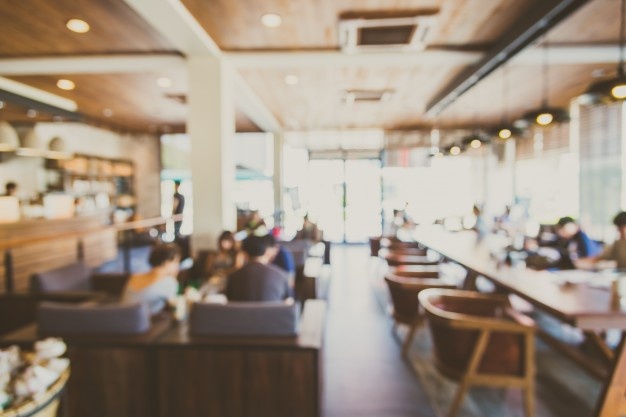
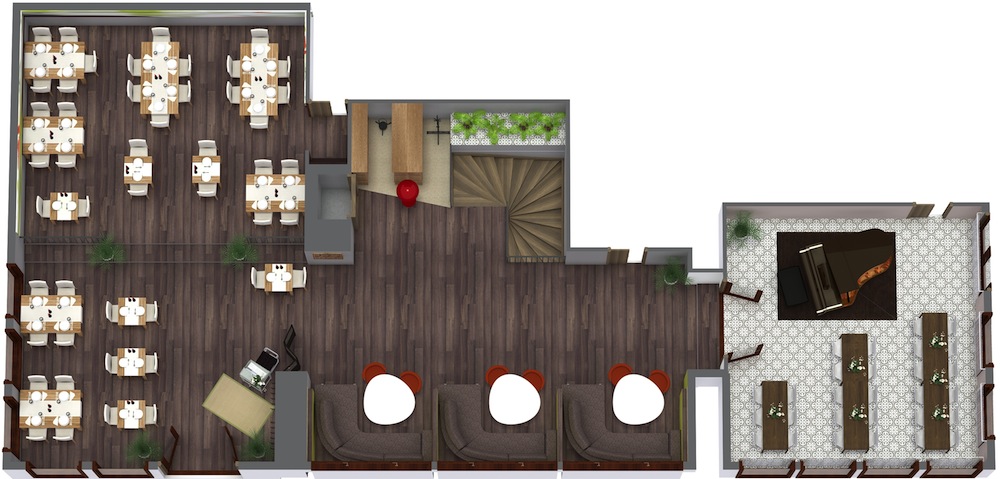
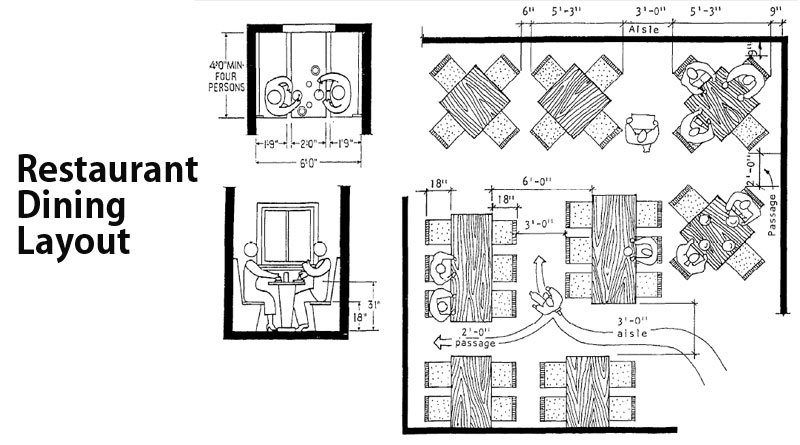











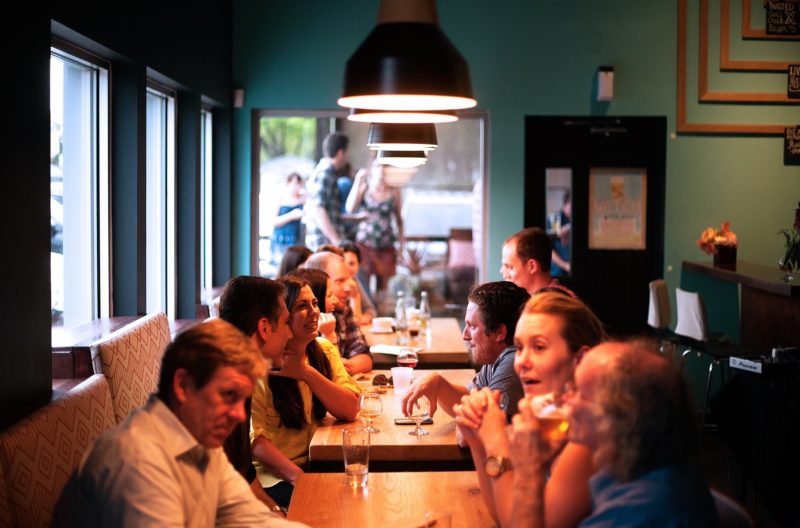

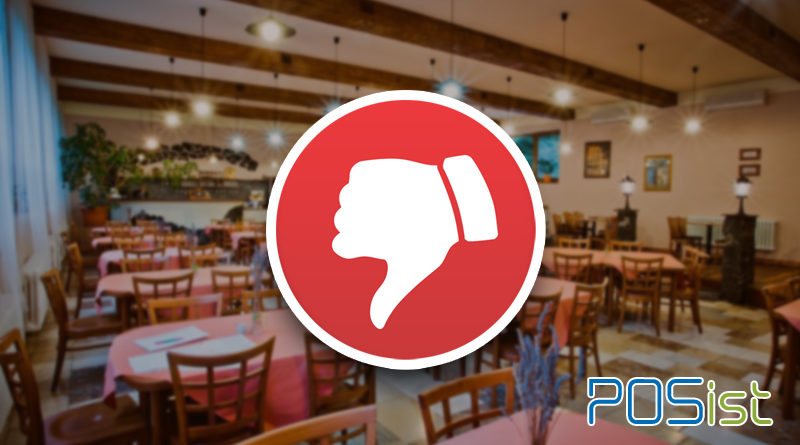
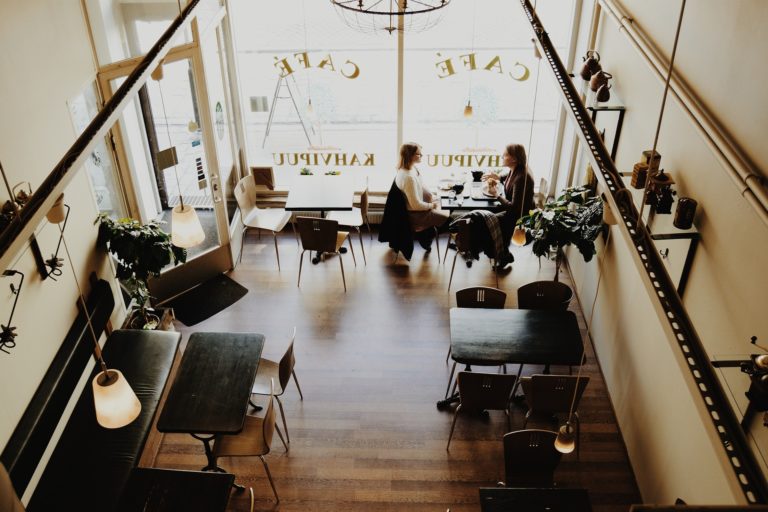

Many restaurant owners ignore the importance of restaurant layout. It is essential to understand it can do wonders and help you attract more customers.
Great article!
Very comprehensive and insightful article, designing a restaurant floor plan involves more than rearranging tables. Your restaurant layout both supports operational workflow and communicates your brand to patrons. Good Read.
Great thoughts on the importance of restaurant design. Most people focus so much on flashy interiors and quirky concepts that they forget that design and layout impacts customer experience as well.